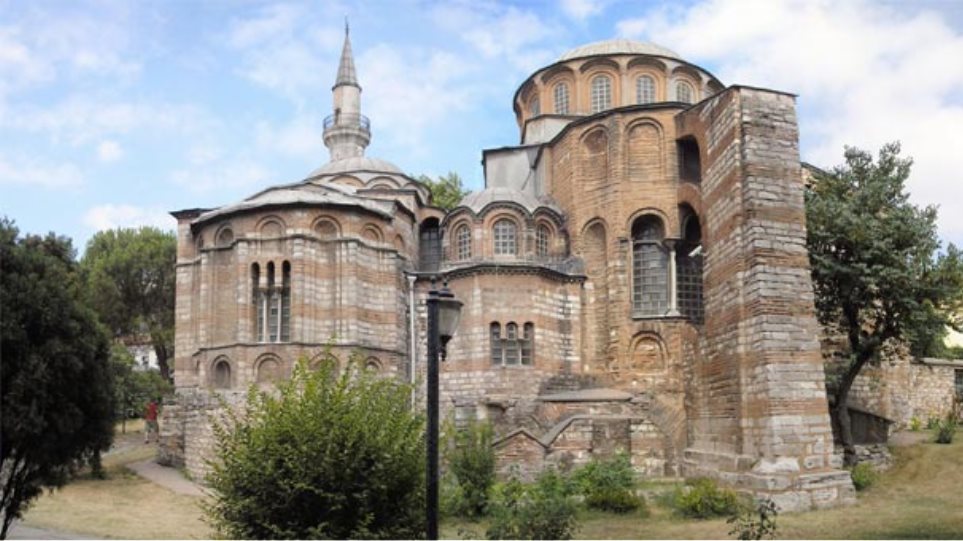After Hagia Sophia, the Erdogan government converted another World Heritage Site, the Chora Church (“Church of the Holy Savior in Chora”), into a mosque in Constantinople.
The Chora Church was first converted into a mosque by the Ottomans, and had become a museum in 1958, but last year the Turkish Supreme Court ruled that it should be converted into a mosque again, which had not been implemented yet.
On Friday morning, the Government Gazette was published, which will immediately implement the decision, and the mosaics of unique beauty will be covered. This will probably be one of the “good news” that Tayyip Erdogan will announce within the day in addition to those on energy.
It is noted that the restoration and the unveiling of the mosaics was continuing in the Church.
The Chora Church, now known as the Kariye Camii (also Kariye Müzesi), was a Greek Christian monastery in Constantinople that was converted by the Ottomans into a mosque in the 16th century. It has been operating as a museum since 1958.
The monastery was built on the site of the current neighborhood of Edirnekapı, south of the Golden Horn and close to the Theodosian Walls. The monument today is known as the Chora Museum. The main church cannot be visited as it is in the process of restoration. Also the exterior of the church is covered for restoration work (May 2017).
Above the large door from which people entered the temple from the esonarthex (or inner narthex), there is the image of Theodore Metochites, in the mosaic that shows Metochites presenting a model of his church to the Enthroned Savior Christ. The church had two narthexes which were decorated with mosaics and frescoes by Theodoros Metochites.
The exonarthex (or outer narthex) mosaics are six semicircles depicting Christ healing a variety of ailments. Also many icons decorate the domes and the walls. These icons are among the most beautiful Byzantine works of art. The colors are vivid, the ratio of the limbs is harmonious and the expression of the faces is natural.
The middle dome has a crack that crosses it. Inside the church are preserved various marbles fitting harmoniously. The Ottomans had covered some areas with lime.
